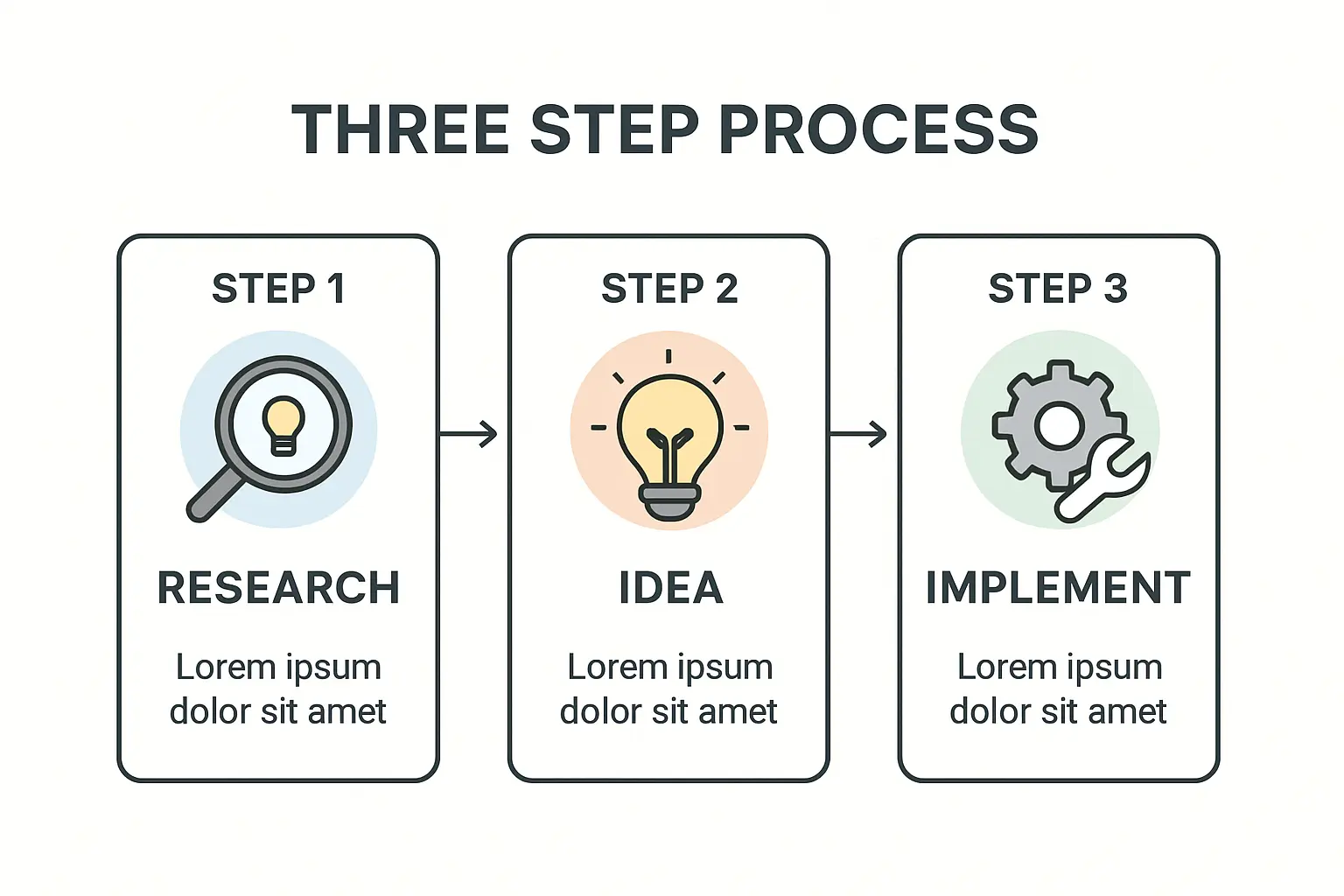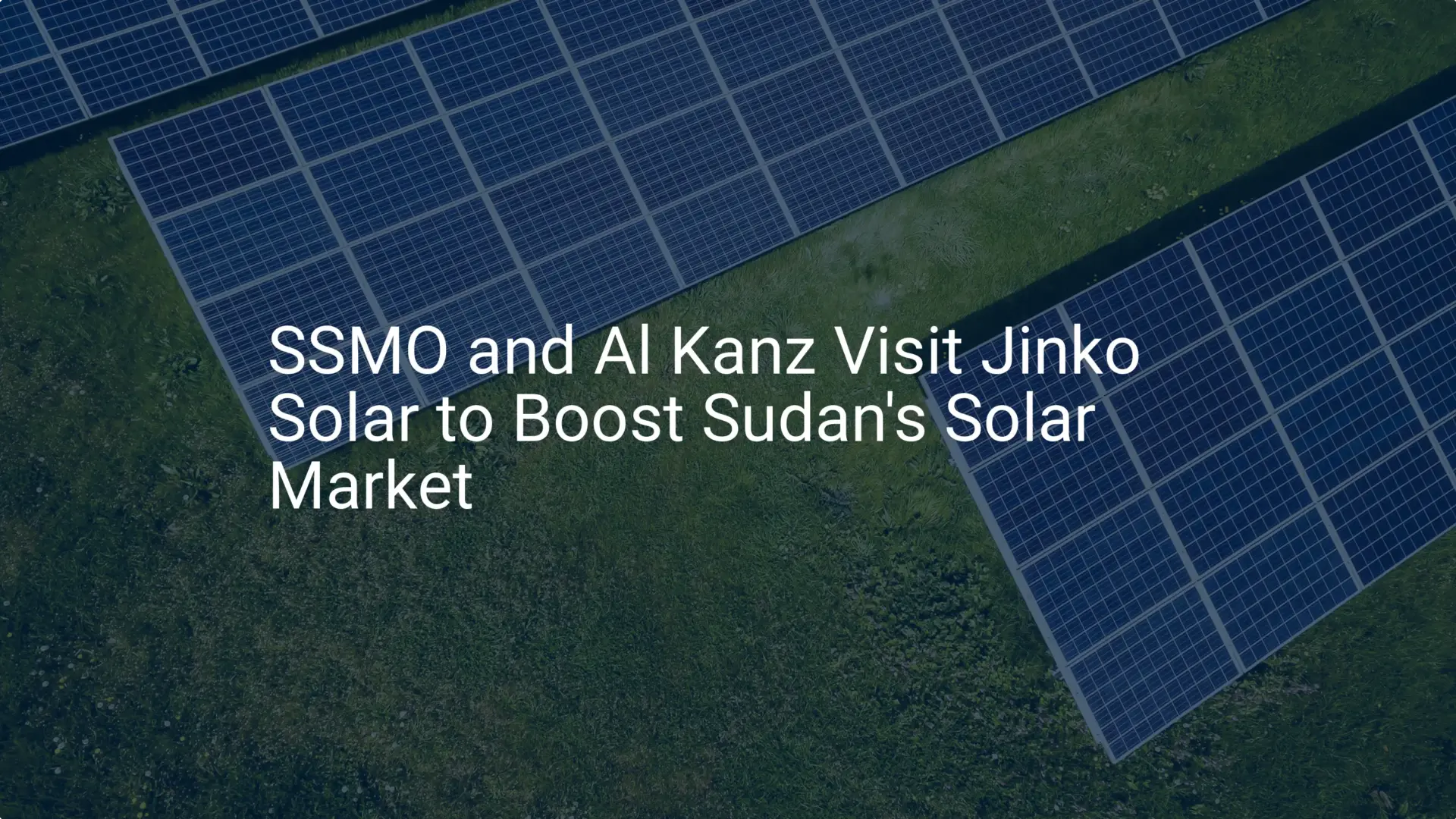South Sudan has one of the world’s richest solar resources, with vast areas receiving over 2,000 kilowatt-hours per square meter annually. Yet, according to World Bank data, only 7.2% of its population has access to electricity, a figure that drops to a mere 1% in rural areas.
The average citizen consumes just 2 kWh per year—a stark contrast to the thousands of kilowatt-hours common in developed economies.
For an entrepreneur, establishing a solar module factory in this environment creates a fundamental paradox. The very product designed to generate electricity would be manufactured in a location with almost none. This reality leads to a critical question: is it technically and financially feasible to build and operate a solar module production facility entirely independent of a national grid? This analysis explores the viability of a self-contained, solar-plus-storage power solution for a manufacturing plant in South Sudan.
The Energy Paradox: Abundant Sun, Scarce Power
The primary challenge for any industrial venture in South Sudan is the country’s lack of reliable infrastructure. The national grid is not only limited in reach but is also plagued by frequent and prolonged outages, making it unsuitable for a manufacturing process that requires stable, continuous power.
The conventional alternative has long been diesel generators. However, this solution comes with its own significant drawbacks:
- High and Volatile Costs: Fuel prices are subject to global market fluctuations and complex local supply chains, making long-term financial planning difficult.
- Supply Chain Unreliability: The transport and consistent availability of diesel fuel in many parts of the country cannot be guaranteed, posing a direct risk to production schedules.
- Intensive Maintenance: Diesel generators require regular, skilled maintenance, introducing another layer of operational complexity.
In contrast, the country’s solar potential is immense and constant, with daily solar irradiation levels between 5.0 and 6.5 kWh/m². This abundant natural resource offers a direct path to overcoming the nation’s core energy challenge.

By leveraging this solar wealth, an enterprise can transform a critical infrastructure deficit into a source of energy independence and long-term stability.
Designing an Off-Grid Power System for a Solar Factory
To operate independently, a solar factory requires a dedicated power plant, commonly known as a solar-plus-storage system. This is no mere set of rooftop panels; it is an industrial-grade infrastructure solution engineered for 100% uptime.
The core components of such a system include:
Ready to make big Profits?
The solar Industry is Booming
WE HELP NEWCOMERS to the solar industry start their own solar module production line. Customers can make BIG PROFITS by selling modules and finding investors, without wasting money and time on things they don't need!
- PV Array: A large, ground-mounted field of solar panels sized to meet the factory’s full daytime energy demand while simultaneously charging the battery bank.
- Battery Energy Storage System (BESS): A substantial bank of batteries, typically lithium-ion, that stores excess energy generated during the day to power the factory through the night and during periods of low sunlight.
- Inverters and Power Conversion System (PCS): These devices convert the direct current (DC) generated by the panels and stored in the batteries into the alternating current (AC) needed by factory machinery.
- Energy Management System (EMS): The intelligent control center that monitors energy generation, storage levels, and factory consumption, optimizing power flow to ensure system stability and longevity.

A critical first step in planning is to determine the factory’s power requirements. A typical semi-automated production line with an annual capacity of 20-50 MW requires a consistent power supply of approximately 150-250 kW during operation. This figure is the baseline for sizing the entire off-grid system and is a key factor in understanding how to start a solar panel manufacturing business.
Technical Feasibility: Sizing for Continuous Operation
Powering a solar factory entirely off-grid is technically feasible with modern technology. The engineering challenge lies in correctly sizing the system to guarantee uninterrupted power, even under adverse weather conditions.
System Sizing Considerations
- PV Array Capacity: The solar array must be oversized compared to the factory’s peak demand. A common rule of thumb is to size the array to generate the total daily energy requirement within just four to five hours of peak sunlight. This ensures the battery bank can be fully charged even on days with intermittent cloud cover.
- Battery Bank Autonomy: The BESS must be large enough to cover more than just nighttime operations. It must be designed for a certain number of ‘days of autonomy’—the ability to power the facility for one or more full days without any solar generation. For a critical industrial process, a minimum of 1.5 to 2 days of autonomy is advisable.
- Load Management: The solar panel manufacturing process has variable energy demands. The lamination stage, for instance, requires significant thermal energy and creates a peak load. The EMS must be programmed to manage these peaks effectively, drawing from both the solar array and the battery bank without destabilizing the system.

Selecting industrial-grade components designed to withstand the local climate—including high ambient temperatures and seasonal dust—is paramount for the system’s long-term reliability.
Financial Viability: A Comparison of Long-Term Costs
For any business, the central question is financial viability. While the initial capital expenditure (CAPEX) for a robust solar-plus-storage system is significant, a proper analysis requires looking at the total cost of energy over the project’s lifespan.
The Levelized Cost of Energy (LCOE)
LCOE is a standard metric used to compare the costs of different power generation methods. It represents the total cost to build and operate a power plant over its lifetime divided by its total energy output.
- Diesel Generation: Has a lower initial CAPEX but extremely high and unpredictable operational expenditure (OPEX) due to fuel costs, transport, and maintenance.
- Grid Power (where available): While seemingly cheap, its unreliability introduces immense indirect costs through production downtime, equipment damage, and the need for a full diesel backup system anyway.
- Solar-plus-Storage: Requires a high initial CAPEX but has negligible OPEX. The ‘fuel’ is free, and modern systems require minimal maintenance.
In the South Sudanese context, the LCOE for a dedicated solar-plus-storage system is projected to be significantly lower than that of diesel over the 20-25 year lifespan of the project.
The high upfront solar panel manufacturing plant cost for the power system should be viewed not as an optional extra, but as a core investment in de-risking the entire venture. It ensures predictable energy costs and insulates the business from external shocks like fuel price hikes or supply chain disruptions.
Case Insight: Planning for Energy Independence
Based on experience from J.v.G. Technology GmbH turnkey projects in regions with similar grid challenges, integrating the power solution from day one is critical. Investors who factor the off-grid power system into their initial business plan are better positioned for long-term success.
In one such project analysis, the payback period for the solar-plus-storage system compared to a diesel-only scenario was five to seven years. The most immediate and impactful benefit, however, was the complete elimination of production downtime caused by power failures. This operational stability allowed the factory to meet production targets consistently, a crucial factor for building market credibility and achieving profitability. An expertly planned turnkey solar manufacturing line incorporates this energy infrastructure as a foundational element of the factory design.
Frequently Asked Questions (FAQ)
How much land area is required for the power system?
For a factory with a 20-50 MW production capacity, the associated ground-mounted PV array would typically occupy 1 to 2 hectares (10,000 to 20,000 square meters) of land, in addition to the area for the factory building itself.
What is the typical lifespan of the battery system?
Modern industrial-grade lithium-ion batteries are designed for a long operational life, typically 10-15 years or 4,000-6,000 charge-discharge cycles, depending on the specific technology and operating conditions. The replacement of the battery bank should be factored into the long-term financial model.
Can the factory sell excess electricity?
In the context of South Sudan, the primary model is self-consumption, as there is often no stable grid infrastructure to sell power back to. The system is designed to provide energy for the factory, not to act as a commercial power plant.
What are the main power-consuming steps in the manufacturing process?
While all machines require power, the laminator is typically the most energy-intensive piece of equipment. It uses heat and pressure to encapsulate the solar cells, and its high, cyclical power draw must be carefully managed by the Energy Management System.
Conclusion: From Infrastructure Challenge to Strategic Advantage
For entrepreneurs aiming to establish solar manufacturing in South Sudan, the lack of reliable grid power is not an insurmountable obstacle but a defining strategic consideration. A dedicated, off-grid solar-plus-storage system is not only technically feasible but also a financially superior alternative to reliance on unstable grids or costly diesel generation.
By investing in energy independence, a business can achieve predictable operational costs, unmatched production reliability, and a significant competitive advantage. This approach transforms a major regional challenge into a cornerstone of a resilient and profitable manufacturing operation. Understanding the power requirements is a foundational step; the next stage involves a detailed analysis of machinery, building specifications, and comprehensive financial modeling.






